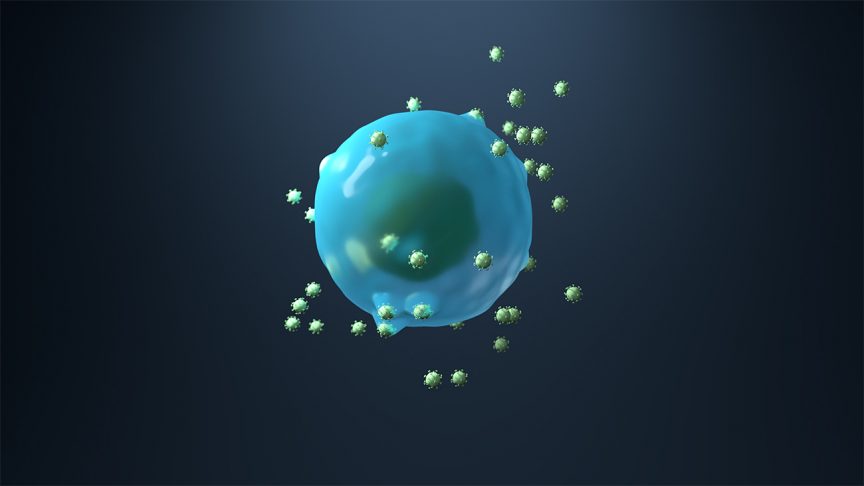Name: Sarah Crawley
Which came first in your life, the science or the art?
Both have been in my life since the early days. As early as kindergarten, I wanted to draw as much as possible. I doodled all of my favourite cartoons (Sailor Moon and Scooby-Doo were featured heavily).
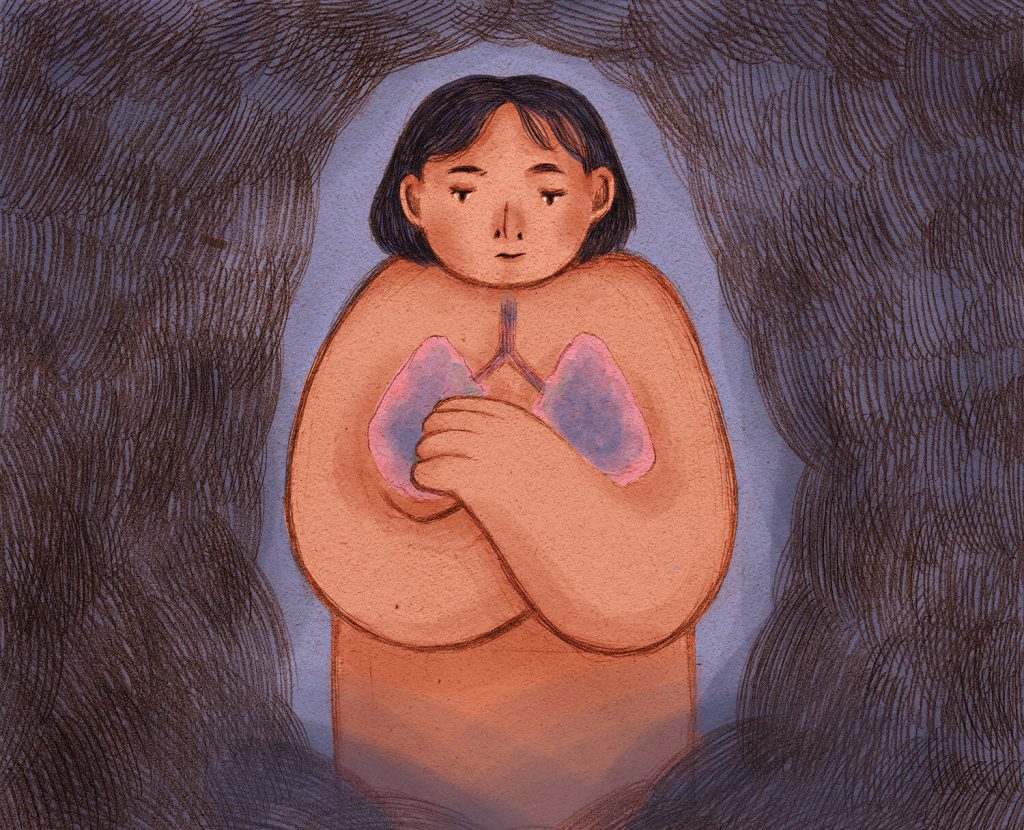
My parents have a wide variety of interests in art, history, literature and science. My dad worked in (and loves) physics and math and would teach my sister and I about the elegance of all sorts of concepts when we were quite small. My mom and I would have long talks about history and literature. I’m grateful to have been so surrounded by my parent’s joy for learning and creating. I’m sure this is a major reason why I loved several subjects in school.
My interest in art and animation also continued to deepen over time. Finding the field of science communication made it all click into place while also opening up so many new things to discover.
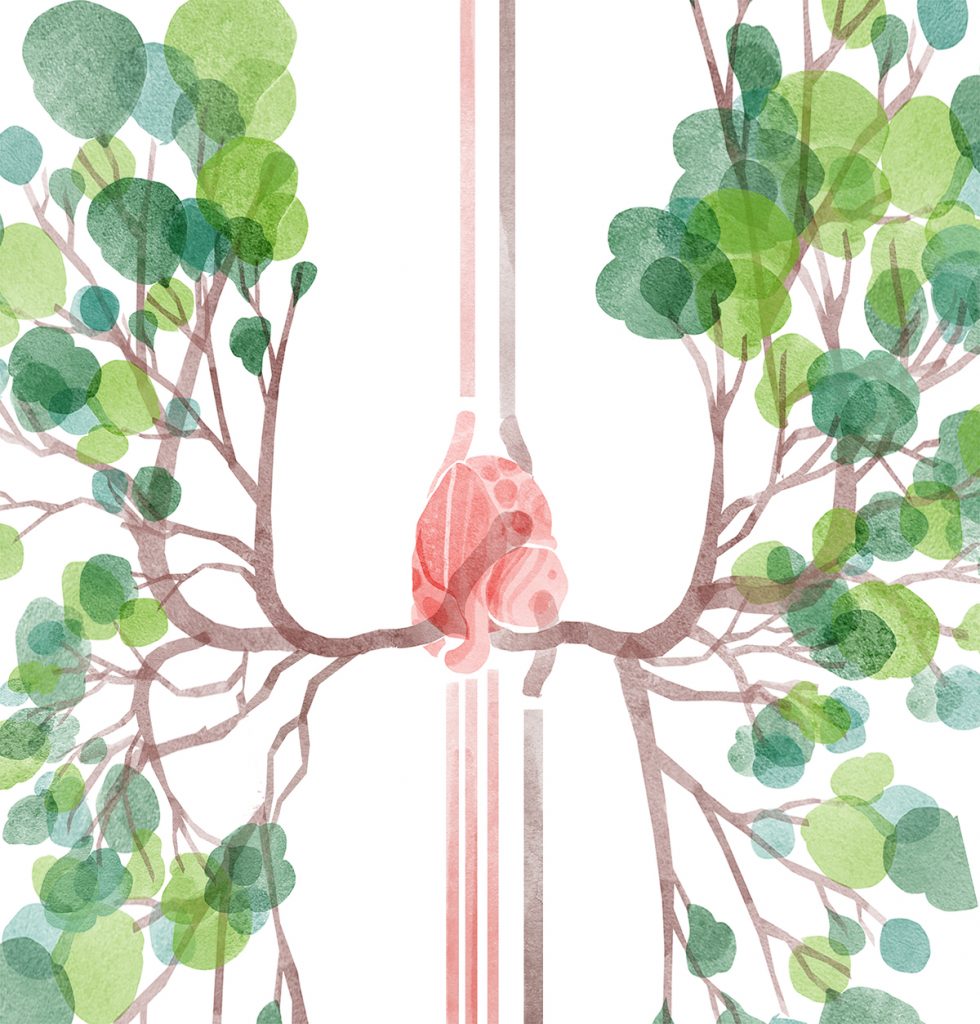
Which sciences relate to your art practice?
A lot of art that I was drawn to in high school—when my interest in illustration and animation started to deepen in new ways—used images of anatomy to probe how people relate to their bodies. These works looked at how our relationship to the body can be unsettling, alienating, thought-provoking, even humorous—I found this fascinating. Some of these artists include Jan Svankmajer, Wangechi Mutu, Michael DeForge, Charles Burns, Takahiro Kimura, Kymia Nawabi, Howie Tsui, and Daehyun Kim.
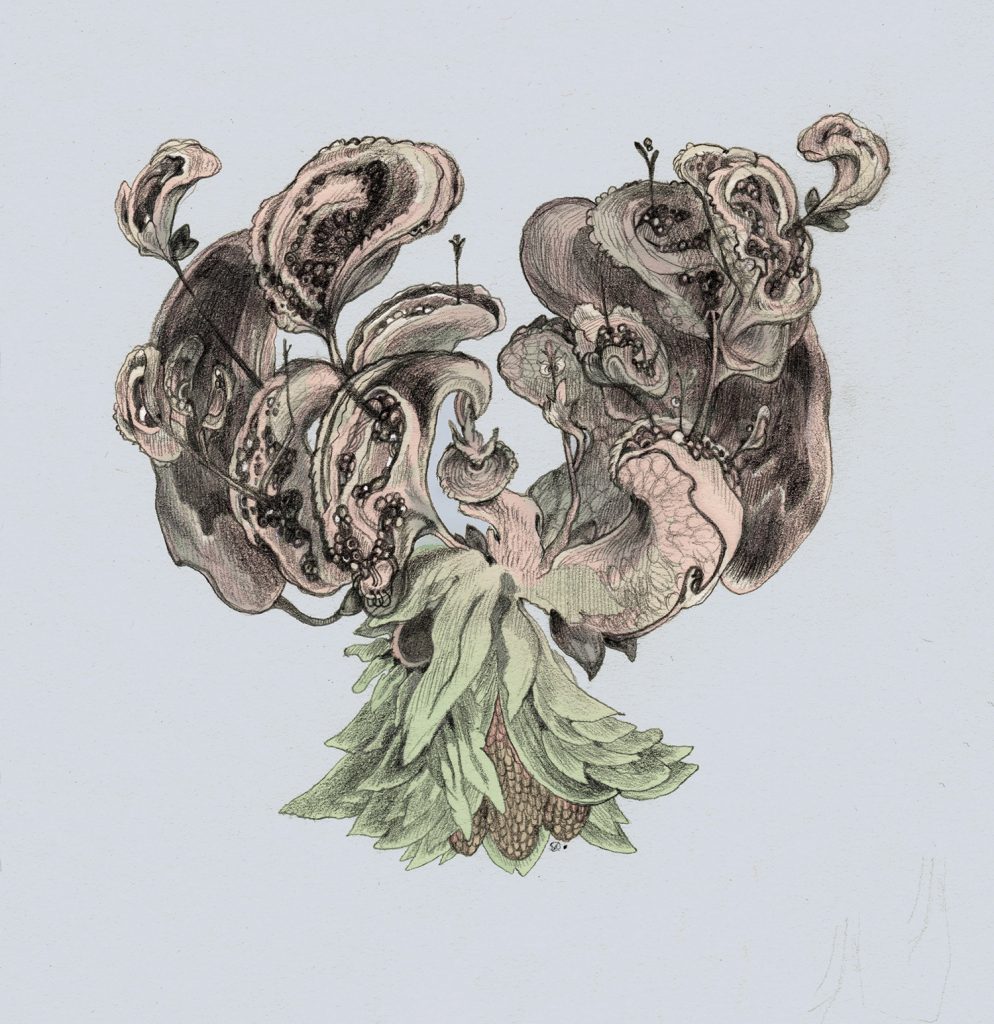
I’m still drawn to and motivated by questions of how to represent anatomy. I find surgical procedures and techniques fascinating, and love working with surgeons to create illustrations to communicate their work. I am also often communicating concepts for patient education, and these illustrations often involve some level of anatomy, as something of an almost-familiar bridge to transition viewers into deeper explorations of the body, pathology, and health.
I find molecular/cellular concepts fascinating, and in the future would like to do more work representing those worlds.
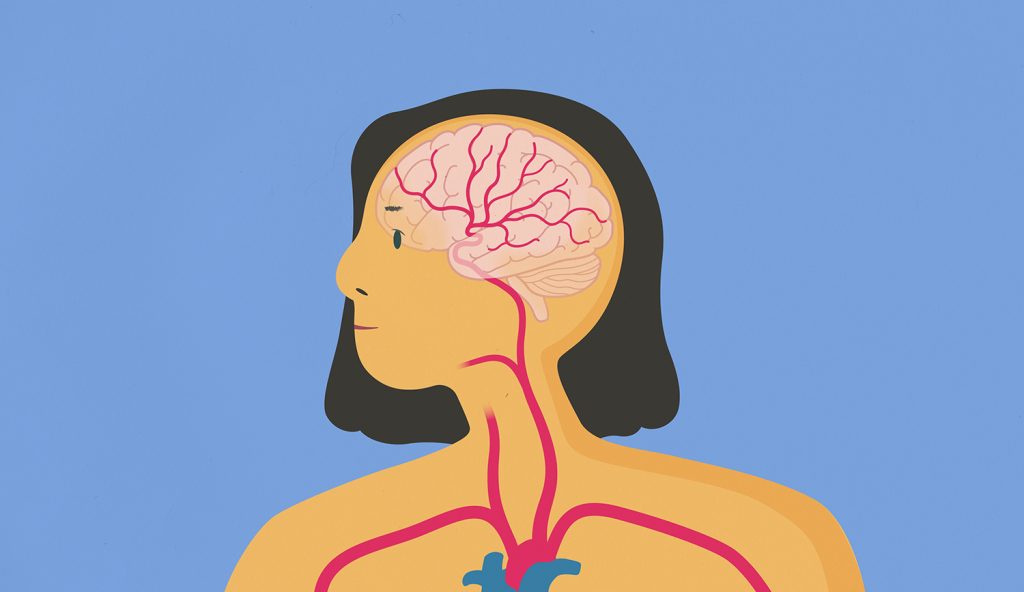
What materials do you use to create your artworks?
The first materials that captured my heart were ink and watercolour and simple mechanical pencils. Using them gives me pure joy. If I’m creating a digital illustration, I try to find ways to evoke the style and texture of those tools. For animation, I mostly use After Effects. But similar to my love of watercolour and pencil, I’m drawn to frame-by-frame and drawing-based methods of animation (using either pen and paper or Photoshop). I’ve been wanting to try techniques like stop motion for a long time—my goal for the next few years is to put effort into learning some new techniques.

Miller v. Dow: Medical Legal Visualization (2018) by Sarah Crawley
Artwork/Exhibition you are most proud of:
I am proud of a few different projects for different reasons.
My thesis project for my master’s degree in biomedical communication at the University of Toronto was an animation intended to explain the risk of HIV transmission via breastfeeding. The project involved several big learning milestones for me. It was a complicated topic, and I got the chance to work with some incredible researchers (such as Dr. Lena Serghides, Dr. Sarah Khan, Dr. Shelley Wall) and community organizers/healthcare providers (such as Precious Maseko, Wangari Tharao, Nicci Stein, Jason Brophy). I got to meet incredible women through a few focus groups and get feedback on what we were trying to create. It was such a special experience to get to learn so much from so many collaborators.
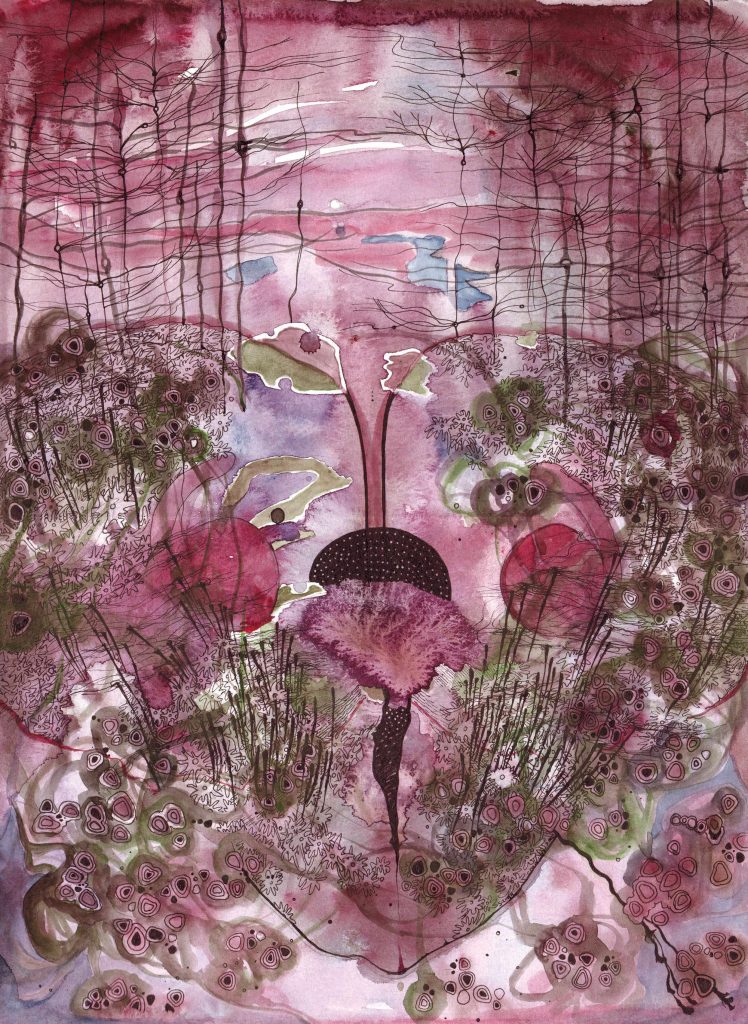
On a personal note, another project that stands out is the series of animations I made in 2018. It was an attempt to create animated ink drawings for each day of October (Inktober). It’s not the most polished or complete work, but creating animations exactly the way I wanted to (with ink on paper) immediately made me excited to explore different animation techniques and animation storytelling as a whole in a way I hadn’t experienced before. The whole process opened up my mind to playful scenes and images that could be animated. It freed me up to explore and balance time investment with rapid experimentation. I suppose what I’m proud of in this series is how much it was a reflection of what I wanted to see myself make at the time. It was a very honest and playful project, and I love all of the pieces that came out of it.

An honourable mention goes to the series of animations I created for Bridgepoint Active Healthcare last year. I got to work with the Stroke Rehabilitation Team, and a few other healthcare providers at Bridgepoint, who are so passionate about what they do. Everyone on the team is so kind, smart and generous with their time and energy. It was a pleasure to create the series and was a big journey around the learning curve for all of us. It is the biggest animated project I’ve done to date, and figuring out how to work through all the elements of producing a long-term project was such a valuable experience. Creating communication pieces for patients is my favourite type of project, and it is so rewarding to hear feedback about how it gets used.
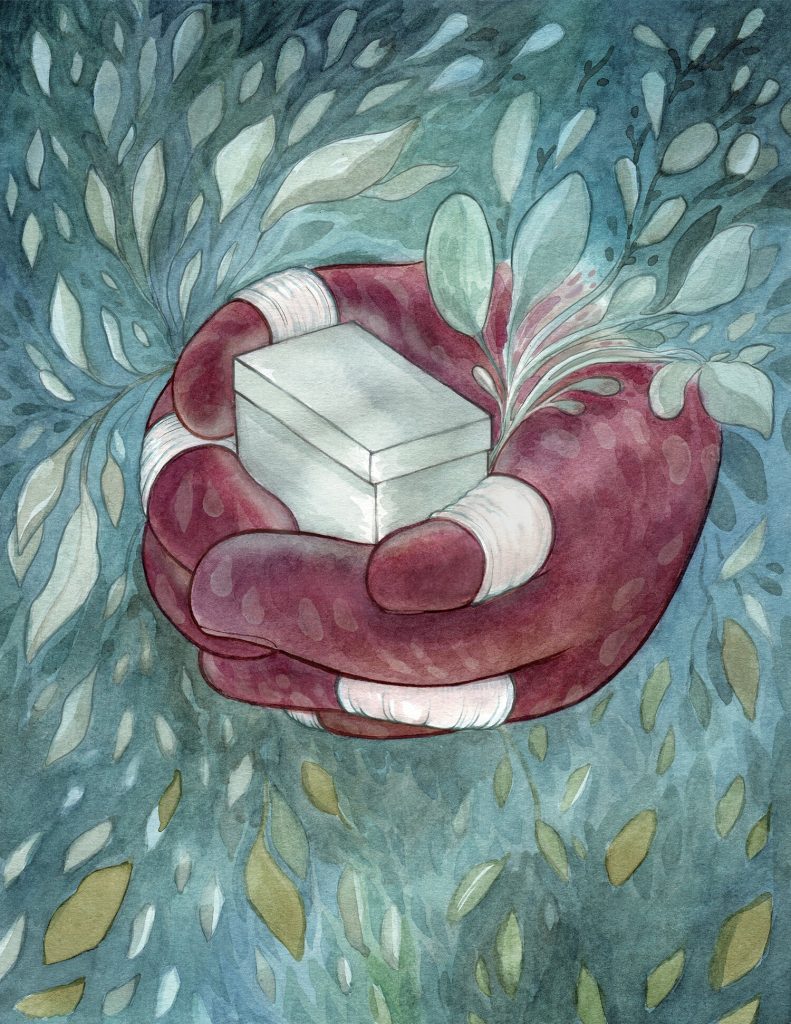
Which scientists and/or artists inspire and/or have influenced you?
This is such a difficult question, as there have been so many. And every day I see more amazing art and learn more about what is going on in science and research. He’s already been mentioned above, but Michael DeForge has inspired and influenced me in a lot of ways (and for a long time). His sense of storytelling, style, and humour are so unique and balance so many contrasting elements (cute/grotesque, simple/complex, abstract/character-based). Furthermore, he is very vocal about his politics and support for amazing community organizations here in Toronto (where I’m also based). He’s had a long career of poster-making and has contributed posters to lots of incredible environmental and social campaigns/events. I am so inspired by how open and honest he is about living your politics and how this informs the kinds of work you do. Eleanor Davis has an incredibly gorgeous style and sense for storytelling and also manages to the forefront the personal (to her own life, and others’ lives) in a way that I find uniquely truthful and touching. Yumi Sakugawa, Lisk Feng, Sam Vanallemeersch, Frédéric Back, and Hayao Miyazaki are some (of many) others.

Recently, in the medical art realm, I’ve been inspired by SciArtNow (founded by medical illustrators Annie Campbell and Emily Holden) and its presence online. A big part of their approach as a team of medical communicators is the value of sharing resources and passion for what they do through social media. They remind me of animator Ben Marriott, who hosts an incredible and generous YouTube channel with fantastic animation tutorials. Approaching social media and online presence with such joy for sharing information about their craft is energizing, and I would like to adopt that approach.
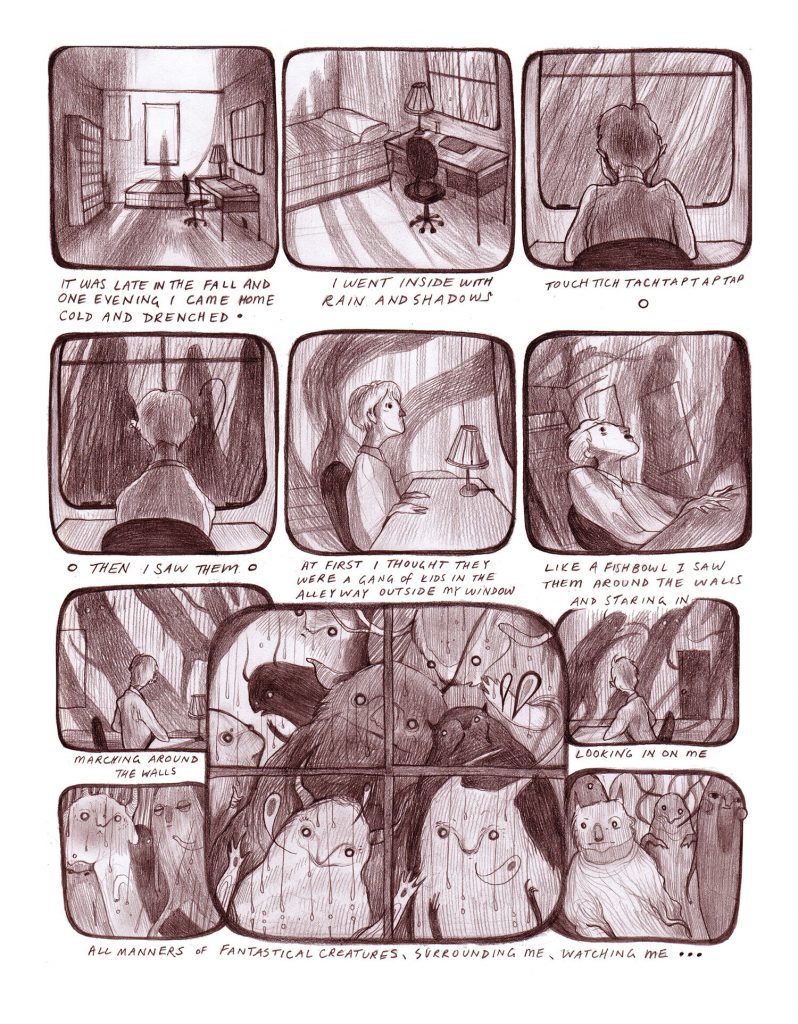

HIV Transmission Through Breastfeeding (thesis 2019) by Sarah Crawley
“I think the term SciArt is a new way to identify a conscious appreciation of the art in science and the science in art.”
Sarah Crawley
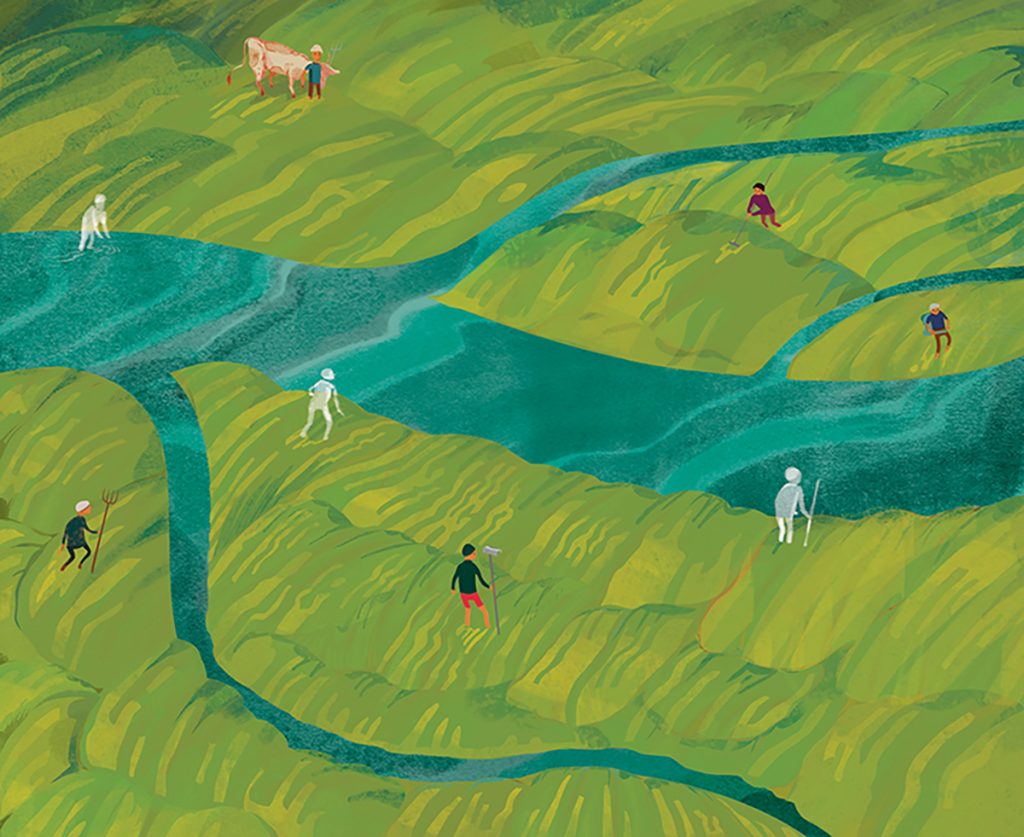
SciArt is an emerging term related to combining art and science. How would you define it?
I think the term SciArt is a new way to identify a conscious appreciation of the art in science and the science in art. I think it marks an effort to think critically about both and how they intersect. This can mean, among many things, reflecting on the ways that each discipline can learn from one another about truth, bias, representation, and information processing. It also points to how they have always intersected in so many efforts to discover more about the world around (and within) us.


For more by Sarah Crawley, visit her website, Instagram, or Twitter.
Share this Post

